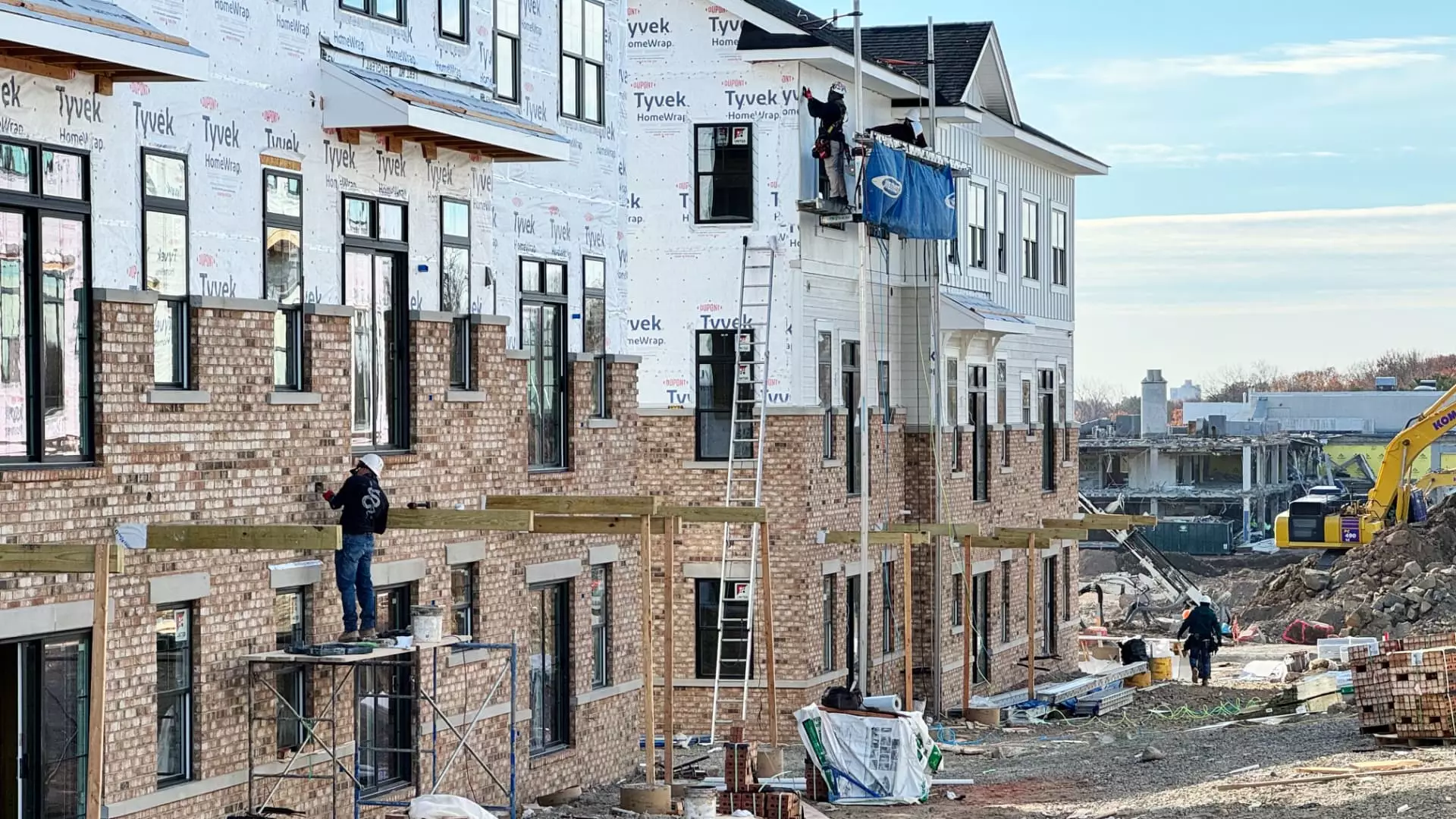As President-elect Donald Trump prepares to step into office, the daunting challenge of managing inflation looms large over his economic agenda. The complexities of this situation are particularly pronounced in the housing sector, where federal influence is somewhat limited. Recent data from the consumer price index (CPI) provides a mixed picture that will require keen attention from Trump’s administration if inflation is to be curbed effectively.
The latest consumer price index report reveals that while housing-related inflation is showing signs of slowing down, the numbers still reflect a significant rise from historical norms. Specifically, costs associated with shelter experienced their smallest yearly increase since February 2022, yet the annual rise remains at an alarming 4.7%. This level of increase, outside the context of the COVID-19 pandemic, harks back to rates not witnessed since the early 1990s, further complicating the inflation narrative.
The Bureau of Labor Statistics informs us that housing alone contributed to 40% of the monthly inflation increase—a statistic that indicates just how pivotal housing costs are in the overall inflation equation. Currently standing at an annual CPI rate of 2.7%, or 3.3% when excluding food and energy costs, the path back to the Federal Reserve’s target of 2% seems without a straightforward resolution. “It would be expected that over time, we would start to see year-over-year slower growth in rents,” notes Lisa Sturtevant, chief economist at Bright MLS. However, the anticipated adjustment appears to be sluggish, frustrating both homeowners and policymakers alike.
The persistent inflation in housing can largely be attributed to a chronic imbalance between supply and demand—a problem that has its roots in the disruptions caused by the pandemic. While demand for housing has surged, the supply chain remains under strain, with available housing stock still lagging significantly behind historical levels. According to Realtor.com, available housing in November was nearly 17% lower than five years prior, an indication that the market struggles to keep pace with the growing demand.
Rent prices also shed light on the precarious situation facing American households. Although there are slight declines in average national rent—now pegged at $2,009 per month as of October—this figure is nevertheless 3.3% higher than the previous year. Over the last four years, rents have surged by approximately 30%, exacerbating affordability issues nationwide. These figures present a complex economic puzzle for Trump and his team, who must navigate these challenges while also considering the broader implications of their policies.
The dynamics of interest rates add an additional layer of complicating factors. Federal Reserve actions intended to lower borrowing costs have paradoxically resulted in higher mortgage rates, which counteracts any benefit from the Fed’s rate cuts. While the central bank recently lowered its benchmark rate, the typical 30-year mortgage rate has risen concurrently, raising concerns for prospective homebuyers and those seeking to refinance their loans.
Trump’s administration must also grapple with the economic repercussions of some of his proposed policies, such as tax incentives and tariffs, which may themselves contribute to inflationary pressures, further distancing the economy from the desired 2% target. As Sturtevant notes, the prospect for progress toward the 2% goal appears less certain than it was six months ago.
In the past, Trump’s focus on deregulation and boosting construction efforts has reignited hope for reviving the housing market. However, the feasibility of effectively mitigating the supply challenges remains in question. The opening of federal land for development and lowering barriers for builders could help alleviate some of the strains, yet immediate impacts may take time to materialize in the face of ongoing economic challenges.
At a time when the implications of rising housing costs are felt acutely across the nation, the consensus among economists indicates a fragile outlook. Stephen Juneau of Bank of America opines that the normalization of rent levels might align more closely with 2% inflation, yet caution persists. As Robert Frick, a corporate economist for Navy Federal Credit Union, reiterates, shelter expenses remain the predominant driver of inflation.
Trump’s incoming administration faces the daunting task of navigating the intricate interplay between housing costs and inflation. The solutions needed to address this multifaceted dilemma are far from simple and will require careful planning and execution to ensure they serve the interests of American families without exacerbating the very issues they aim to alleviate.

